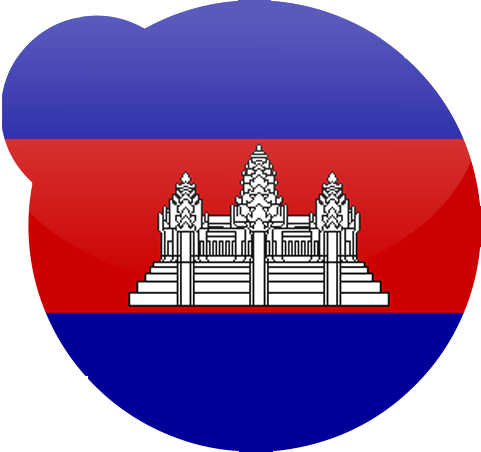Nt Campus
- Home
- Sarcopenia
Sarcopenia

Counteract sarcopenia and age-related muscle weakness
Sarcopenia is the degenerative, age-related breakdown of the skeletal muscles. Muscle loss due to non-use can be regained bit by bit through sporting activity, but the loss of muscle strength and volume as a result of illness or sarcopenia is more difficult to correct. Especially in old age, however, mobility is an important factor for the quality of life. Sarcopenia is associated with a higher risk of hospitalisation and higher mortality.
Studies indicate that it is possible to slow, interrupt or even reverse the process with the help of sport, appropriate nutrition and a generally active lifestyle.1 High-intensity training is generally recommended to build muscle and strength, but there are concerns about such intensive training due to the increased risk factors in older patients, for example, from possible secondary diseases.
WB-EMS as a gentle alternative to conventional training
Whole-body EMS could be a gentle alternative to conventional training for this group of people, as the training intensity can be regulated very sensitively and individually and many muscle groups, some of which are difficult to reach, can be trained simultaneously.
There are several studies on whole-body EMS training of older people and also specifically older people with sarcopenia.2-5 These studies examined local and general muscle quality, size, power, fat distribution and strength after 14 weeks to 12 months of WB-EMS training. All of these studies show that WB-EMS training appears to have a positive effect on these muscle parameters. EMS training also appears to have a positive effect on the gait and balance of older people, which can have a positive impact on the quality of life of individuals.6, 7
“WB-EMS training is a good training method to counteract age-related muscle loss and thus maintain or increase the quality of life.”
– Judith Münch
Combine athletic training and EMS effect
Since regular training not only affects muscle building but also has a positive influence on heart function and cognitive characteristics, not only EMS should be used to combat sarcopenia.8 Instead, electromyostimulation should be combined with regular physical activity. Both at the same time are possible with our wireless WB-EMS system from TECNATIVES.
- 1 Sgrò, P., et al., Physical exercise, nutrition and hormones: three pillars to fight sarcopenia. The Aging Male, 2019. 22(2): p. 75-88.
- 2 Kemmler, W., et al., Effects of whole-body electromyostimulation on resting metabolic rate, body composition, and maximum strength in postmenopausal women: the training and electrostimulation trial. The Journal of Strength & Conditioning Research, 2010. 24(7): p. 1880-1887.
- 3 Kemmler, W. and S. von Stengel, Whole-body electromyostimulation as a means to impact muscle mass and abdominal body fat in lean, sedentary, older female adults: subanalysis of the TEST-III trial. Clinical interventions in aging, 2013. 8: p. 1353.
- 4 Kemmler, W., et al., Effects of combined whole-body electromyostimulation and protein supplementation on local and overall muscle/fat distribution in older men with sarcopenic obesity: the randomized controlled franconia sarcopenic obesity (FranSO) study. Calcified tissue international, 2018. 103(3): p. 266-277.
- 5 Kemmler, W., et al., Impact of whole-body electromyostimulation on body composition in elderly women at risk for sarcopenia: the Training and ElectroStimulation Trial (TEST-III). Age, 2014. 36(1): p. 395-406. #
- 6 Paillard, T., Muscle plasticity of aged subjects in response to electrical stimulation training and inversion and/or limitation of the sarcopenic process. Ageing research reviews, 2018. 46: p. 1-13.
- 7 Langeard, A., et al., Does neuromuscular electrical stimulation training of the lower limb have functional effects on the elderly?: A systematic review. Experimental gerontology, 2017. 91: p. 88-98.
- 8 Adams, V., Electromyostimulation to fight atrophy and to build muscle: facts and numbers. Journal of cachexia, sarcopenia and muscle, 2018. 9(4): p. 631-634.
Image Source TECNATIVES International
GET IN TOUCH
Write us a short message to receive your desired information. Alternatively, you can contact one of our distributors in your region directly.















